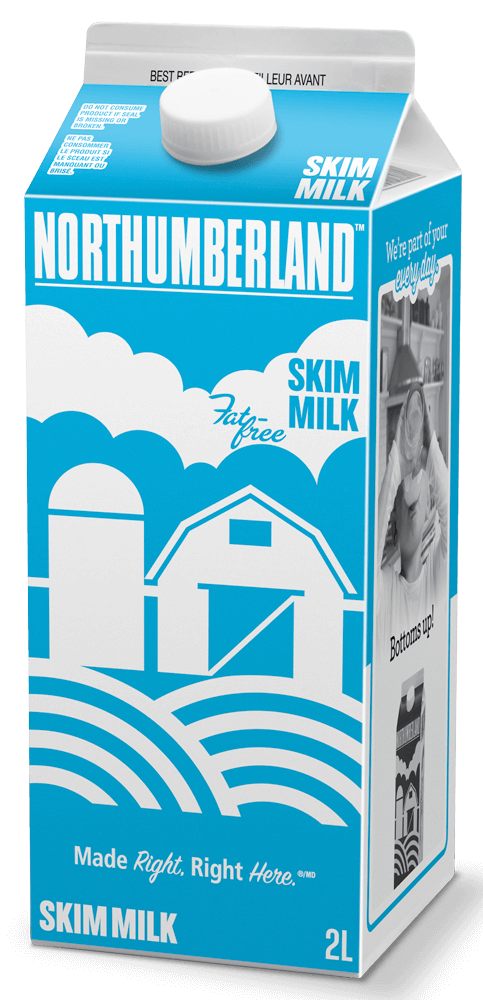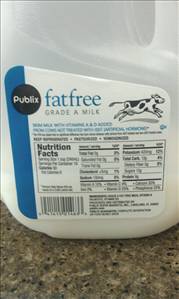
Although it is lower in fat and calories and somewhat higher in calcium than whole milk, some experts believe that the saturated fat in dairy may not be a hazard for heart health. According to new research, skimmed milk may not always be the best option. For patients with heart disease or excessive cholesterol, reduced-fat milk, yogurt, and cheese are preferable choices.

Is it True That Skimmed Milk is Excellent for Your Heart?Īccording to a new study, drinking low-fat or nonfat milk does not raise the risk of heart disease or stroke and may even be marginally protective Unflavored milk, yogurt, and cheese are all good for your heart. However, it is relatively high in sugar due to the naturally occurring lactose.

It’s also a good source of potassium, which is important for maintaining healthy blood pressure. Skim milk is a good source of protein, calcium, and vitamin D, while being relatively low in calories and fat. Here’s a table describing the nutrition facts for 1 cup (240 mL) of skim milk: Nutrient Amount Calories 83 Total Fat 0.4 g Saturated Fat 0.2 g Trans Fat 0 g Cholesterol 5 mg Sodium 100 mg Total Carbohydrates 12 g Dietary Fiber 0 g Total Sugars 12 g Protein 8 g Vitamin D 3 mcg (15% DV) Calcium 300 mg (23% DV) Iron 0 mg Potassium 380 mg (8% DV) Although full-fat milk has been linked to constipation, current research reveals that consuming fat-free milk could help with irregularity issues. Apart from lactose intolerant individuals, milk can be consumed regularly by everyone, whether a toddler or an adult, as long as it is consumed in moderation. At all stages of life, the nutrients in skim milk assist cellular growth and upkeep. Dairy, particularly skims milk, can be a healthy addition to a balanced diet. Skim milk in moderation can be a nutritious addition to your diet. Is it Healthy to Drink Skimmed Milk Daily? One of the advantages of skim milk is that it has a significant amount of protein in a single glass with no additional fat Adults and children should drink three cups of fat-free or low-fat milk or reduced-fat dairy products each day, according to the federal government’s dietary guidelines, with milk receiving the same favorable treatment as fruits, vegetables, and whole grains. Potassium is found in both skim and whole milk, and it can help reduce blood pressure. Skim milk is nutrient-dense and gives a significant dosage of minerals and vitamins in addition to having less fat. Skim milk contains the same amount of vitamin D as whole-fat milk, making it the healthier option for persons on a low-calorie diet. It is lower in calories and has less fat than both varieties. Skim milk offers the same protein as whole milk but less fat than full-fat milk in one cup. This type of milk is a good choice for people who want to lose weight, and it’s a terrific option for folks trying to lose weight while still enjoying milk. Skim milk contains a lot of minerals and vitamins, in addition to being low in calories.

It also has fewer calories, making it a good option for individuals on a low-calorie diet.Ī low-fat, skim milk cup is high in nutrients and low in fat, and it contains the same amount of protein as whole milk but has fewer calories and fat.

Whole milk has less potassium, magnesium, phosphorus, and B-complex vitamins than this form of milk. To know 1 cup skim milk nutrition facts, read further.Ī cup of skim milk is a great way to get some calcium, and it has 32% of calcium, which is more than twice as much as whole milk. There’s milk for everyone, whether you’re trying to cut calories, lose weight, or maintain a healthy weight. It’s also high in vitamins and minerals, making it a suitable choice for individuals on a low-calorie diet. It has the same amount of protein as ordinary milk but is less calorically dense. There are numerous advantages of drinking skim milk.


 0 kommentar(er)
0 kommentar(er)
